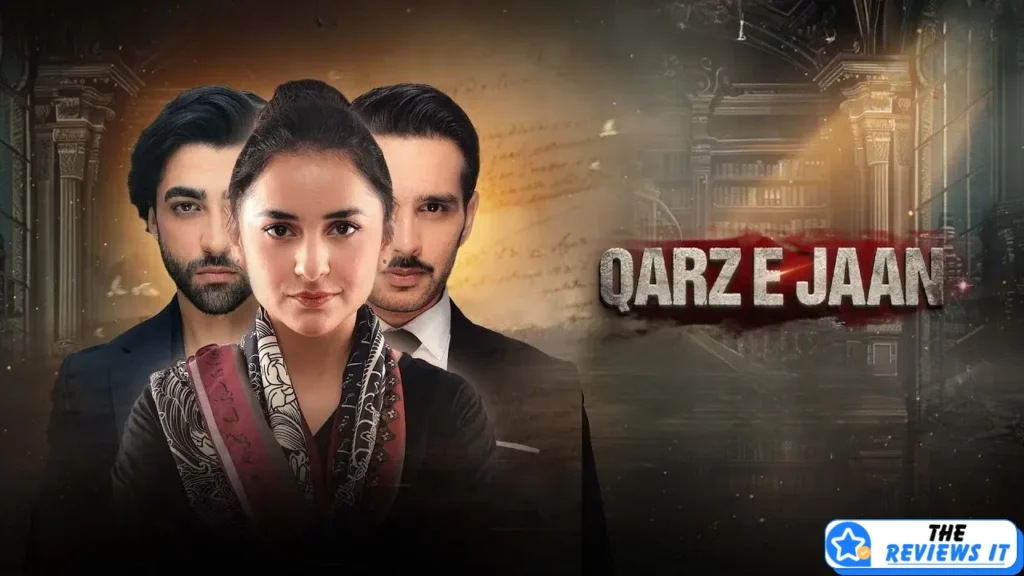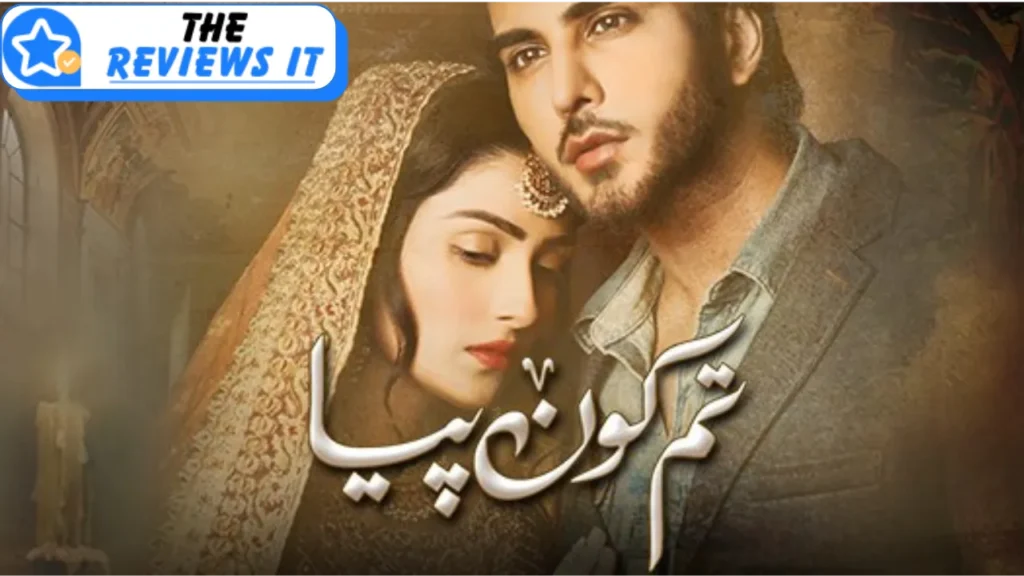In the realm of television dramas, few resonate as deeply as Pyaar Ke Sadqay. This exquisite tale weaves together themes of love, sacrifice, and societal challenges, captivating audiences with its heartfelt storytelling and relatable characters. In this Pyaar Ke Sadqay Drama Review, we delve into the intricacies of the plot, explore the multifaceted personalities of the protagonists, and examine the poignant messages that linger long after the final credits roll. Join us as we embark on a journey through the emotional landscapes that define this remarkable series, revealing why it has garnered such a devoted following.

Plot Summary
Pyaar Ke Sadqay is a refreshing love story that stands out for its quirky and innocent characters. The drama follows Abdullah, a shy, nerdy young man from a wealthy family, and Mahjabeen, a bubbly, clumsy, and naïve girl from a lower-middle-class background. Both are social misfits, making them an unlikely pair. Abdullah, psychologically abused by his stepfather Sarwar, struggles with confidence, while Mahjabeen’s innocence makes her a misfit in a world that demands maturity.
Their paths cross after both face rejection from their love interests, leading to an unexpected marriage. What makes Pyaar Ke Sadqay unique is how it combines lightheartedness with deeper themes of self-worth, manipulation, and the pursuit of happiness. Their love story is sweet, awkward, and filled with challenges as Sarwar, who desires Mahjabeen for himself, schemes to tear them apart. The plot’s uniqueness lies in its ability to balance humor with emotional depth, making the audience both laugh and cry.
Characters and Performances
In Pyaar Ke Sadqay, the characters of Abdullah and Mahjabeen are the heart of the story, and both Bilal Abbas Khan and Yumna Zaidi deliver standout performances that bring these quirky personalities to life.
Yumna Zaidi shines as Mahjabeen, a naïve, carefree girl who struggles to fit in with societal expectations. Her portrayal of Mahjabeen’s innocence, clumsiness, and childlike demeanor is both endearing and relatable. Yumna masterfully balances humor with vulnerability, making Mahjabeen one of the most lovable characters in recent Pakistani dramas. Her ability to switch from playful to deeply emotional scenes is truly impressive.

Bilal Abbas Khan, on the other hand, gives a memorable performance as Abdullah, a socially awkward young man who is constantly undermined by his manipulative stepfather. Bilal’s portrayal of Abdullah’s inner conflict and shy nature is spot-on. As the character evolves from a timid, insecure boy to a man who begins to stand up for himself and his wife, Bilal captures each stage of Abdullah’s development with subtlety and grace.
Other noteworthy performances include Omair Rana as Sarwar, the cunning and abusive stepfather who plays the perfect antagonist, and Atiqa Odho as Mansura, Abdullah’s mother, whose denial of Sarwar’s true nature adds depth to the story.
Together, the cast delivers a powerful performance, but it’s Yumna Zaidi and Bilal Abbas Khan who truly stand out for their ability to make the audience root for their flawed, yet lovable characters. Their on-screen chemistry and individual performances are central to the drama’s success.

Cast Names and Characters
| Actor/Actress | Characters |
|---|---|
| Yumna Zaidi | Mahjabeen |
| Bilal Abbas Khan | Abdullah Shahbaz |
| Omair Rana | Sarwar |
| Atiqa Odho | Mansura Sarwar |
| Yashma Gill | Shanzey Meer |
| Malik Raza | Rizwan Munshi |
| Salma Hassan | Seema Rizwan |
| Gul-e-Rana | Sarwar’s Mother |
| Shermeen Ali | Lalarukh “Pho” |
| Srha Asghar | Washma Shahbaz |
| Khalid Anam | Meer (Shanzey’s Father) |
| Khalid Malik | “Dr.” Hammad |
| Ahsan Mohsin Akram | Ehsaan |
Direction and Cinematography
In Pyaar Ke Sadqay, the direction by Farooq Rind is a notable element that brings this quirky love story to life. His skillful handling of the story ensures that the viewers stay engaged with the charming yet emotionally complex characters. Rind creates a world that perfectly blends the innocence of Mahjabeen and the inner turmoil of Abdullah, making the emotional highs and lows impactful.
The cinematography complements the narrative well, using warm tones and soft lighting to evoke a sense of simplicity and nostalgia. The camera work plays a pivotal role in highlighting the contrasting worlds of Mahjabeen and Abdullah — from Mahjabeen’s colorful, naive world to the cold, calculated environment of Sarwar. The use of close-ups helps capture the nuanced performances of the actors, particularly in moments of emotional tension, such as when Abdullah battles his insecurities or when Mahjabeen faces Sarwar’s manipulation.
The set design, especially the depiction of the affluent yet emotionally sterile household, adds layers to the narrative. However, there are moments when the direction could have taken more risks to explore deeper emotions or speed up certain slow-paced sequences. Overall, Pyaar Ke Sadqay is visually a delight, with strong direction that enhances the storytelling, but it occasionally misses opportunities for more cinematic brilliance.

Themes and Messages
Pyaar Ke Sadqay touches on several profound themes that resonate with the audience on multiple levels. At its core, the drama is a heartwarming tale of innocence and the purity of love, represented by the lead characters, Mahjabeen and Abdullah. Both protagonists, despite being social misfits, show that love doesn’t need to follow conventional rules to thrive. Their innocence, naivety, and quirks are celebrated rather than ridiculed, which breaks the stereotype that only polished, socially adept individuals deserve love.
The drama also delves into the complexities of mental health. Abdullah, for example, is portrayed as a shy and introverted man who has been psychologically manipulated and abused by his stepfather, Sarwar. His journey reflects the struggles of overcoming childhood trauma, and the character’s growth is symbolic of how love, when nurtured with care, can help heal deep emotional scars. Through Abdullah, the drama sheds light on the impact of toxic relationships and emotional abuse, and how such experiences can shape a person’s self-esteem and ability to trust.
Another important theme explored in Pyaar Ke Sadqay is the power dynamics within relationships. Sarwar’s manipulation of both Abdullah and Mahjabeen reflects the toxic behavior of controlling partners, while Mansura, Abdullah’s mother, represents a woman trapped in an abusive marriage, torn between loyalty and suspicion. The drama showcases how unhealthy relationships can poison not only romantic ties but familial bonds as well.
In the end, Pyaar Ke Sadqay is about finding one’s true worth and embracing love, imperfections and all. The message is clear: love is not about fitting into societal expectations, but about accepting each other’s uniqueness, overcoming insecurities, and standing up against emotional manipulation.












